The question so many of us are pondering right now is what will travel look like following the COVID-19 pandemic? The pandemic closed boarders, grounded planes and forced people to stay home. After months of self isolation and social distancing, are people ready to get out there and start traveling again? Boarders and slowly starting to reopen and cities across the world are beginning to come alive. But, what does that mean for travelers? It’s clear that life isn’t going to just go back to “normal.” Here’s a look at what the experts think, and what I think, travel will look like post COVID-19.
When can we start traveling?
A recent study found that 65 percent of Americans are looking forward to traveling domestically and internationally, and 39 percent hope to travel within the first six months that restrictions are lifted (I actually think this number is higher). I know from talking with family, friends and my community on Instagram that people are itching to get out there and start exploring again!
The Department of State is still advising Americans not to travel internationally (as of June 1). I think it’s safe to assume that domestic travel will pick up before international. I’m hoping international travel resumes in the fall, but that may be optimistic. Since the current demand for flying and traveling internationally is so low, airlines have reduced their flight routes and cancelled some routes entirely. When international travel does pick back up I think flights to the most popular destinations (London, Paris, Hong Kong) will be the first routes to return.
Since the first trips people take will be close to home, I see this summer being filled with road trips. A few months out I think people will start booking domestic flights, and international will be last.
I’ve been taking some road trips around my state of New York, with a focus on destinations in nature and with outdoor areas. I visited the The Finger Lake region and Lake George in The Adirondacks, both were great close-to-home destinations for a long weekend getaway. National Parks started to open up in May and I think they will be hot spots for visitors this summer.
What will travel look like moving forward?
While the desire is here to travel, it’s certain the way we travel is going to change. Experts believe travel won’t return to how it was before COVID-19 for 18-24 months and some think it will never return. It’s clear that forms of travel that pack people into small spaces, like airplanes and cruises, will see the most change.
For air travel, there has been talk of removing the middle seat, completely redoing the seating chart and reducing plane capacity. Already airlines have put a series of rules in place. Masks must be worn and food and beverage service has been limited.
Some airlines have required their crew to wear PPE, others have launched new “amenity kits” that include hand sanitizer and cleaning wipes. There has also been talk of an “immunity passport” that travelers will need to show they are immune to COVID-19.
Sanitation and physical distancing (as much as that’s possible on an airplane) will be the main focus of airlines moving forward. Some airports are testing UV light sanitation tools and robotic cleaners that wipe down touchpoint stations and busy areas throughout the day. Etihad Airways is testing self-serve kiosks that check passenger’s temperature and other vital signs before being allowed to board. Hong Kong’s airport is testing full-body disinfectant machines.
All of these new precautions will likely mean earlier arrival times are necessary. Lines could be longer with the new testing requirements and people will have to get to the airport much earlier to get screened.
Along with airlines, hotels have also been hit hard by the stay-at-home orders. Some hotels have been slowly opening up with strict precautions, such as requiring all staff to wear masks and suggesting guests wear them, plexiglass walls at check in and foregoing house keeping.
Like the airlines, hotels will need to rethink how they clean and sanitize. Their restaurants will need to be reconfigured to be less crowded and menus can’t be shared. Housekeeping staff will need to be re-trained on how to properly sanitize.
All of these changes mean more money will need to be spent by an industry that is already hurting.
How to travel safely and smartly
I think it’s entirely possible to start traveling now, but we have to do it in a safe and smart manner.
Start small with road trips and seek out areas near your home to explore. Traveling by car limits your exposure, and staying close to home reducing your footprint. I also noticed many hotels offering special rates for in-state and local guests. If you do go on a road trip, pack hand sanitizer, masks, wipes, and sanitize public surfaces. It’s smart to bring food and drinks in the car as many restaurants remain closed.
Whether you choose to stay in a hotel or a home rental, call ahead to ask what precautions your hosts are taking. If you’re at a hotel be mindful of other guests while on property. Keep your distance and wear a mask when you can’t be six feet away.
If you’re eager to take part in some of the great travel deals and coupons being offered make sure you do your research. Read the fine print and check out cancellation policies. Ask if the deal can be rebooked if another surge in COVID-19 causes further lockdowns. Be mindful of how you book and aim to make your reservations directly with the hotel or airline rather than third parties. This is helps make the process easier if your plans change.
The COVID-19 lockdown has made many people eager to leave the four walls of their house and get back out in the world. It’s important to support the travel industry, and it’s also important to feed our hunger for adventure and exploration. While I do think it’s ok to travel again we must remain extra vigilant in these few months post-lockdown. Wear a mask and practice social distancing. As much as we want to start traveling again we cannot risk our health or the health of others.

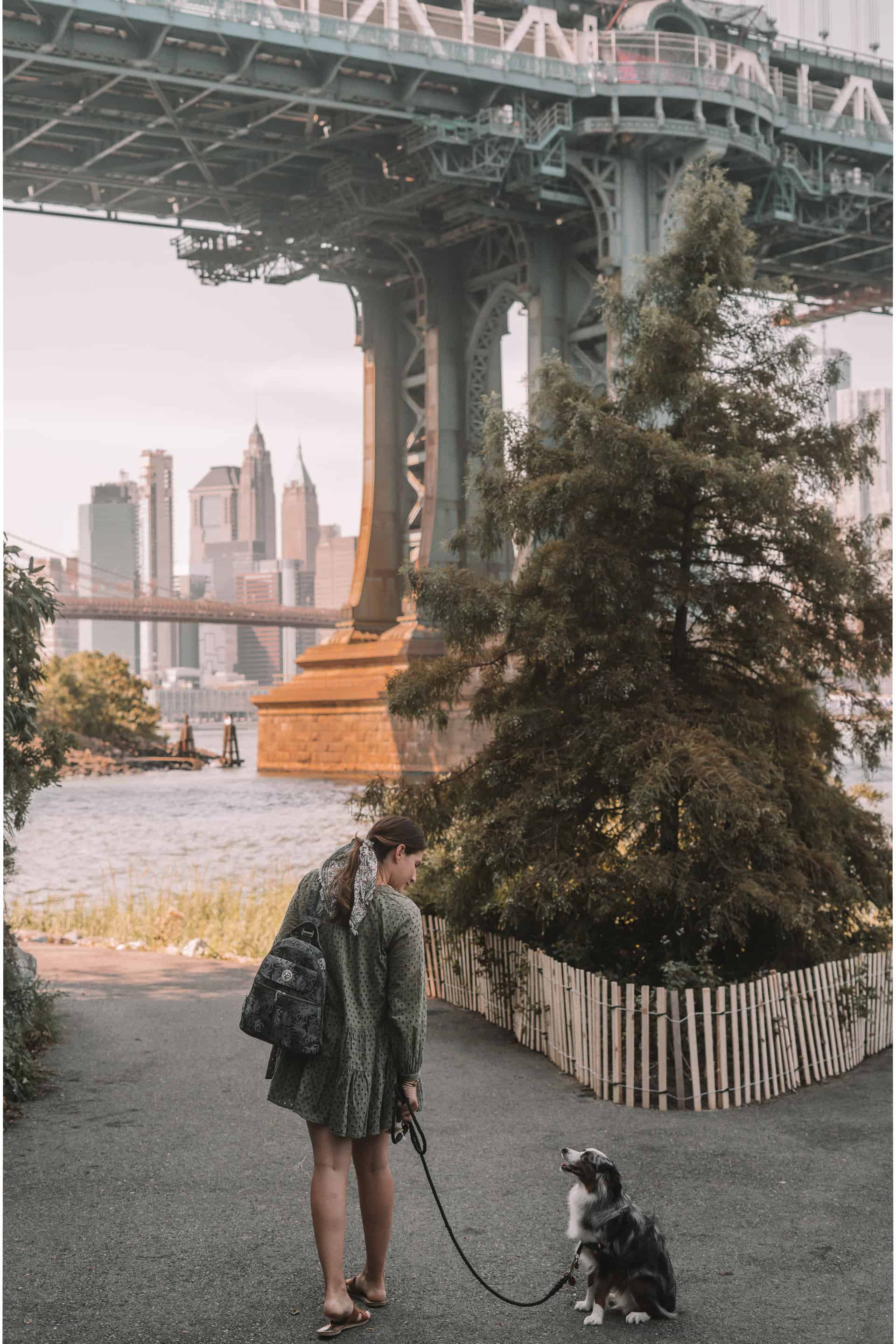
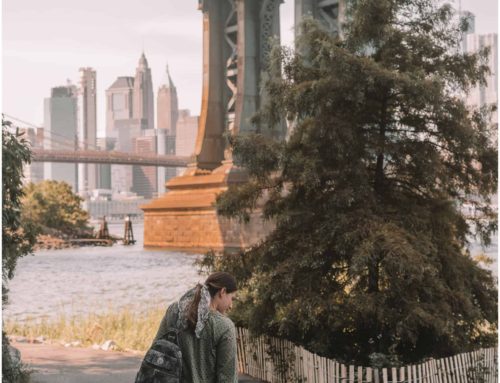
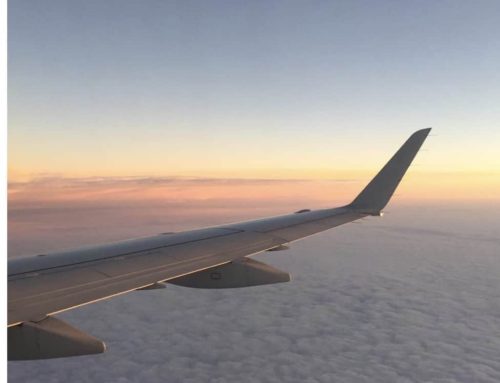
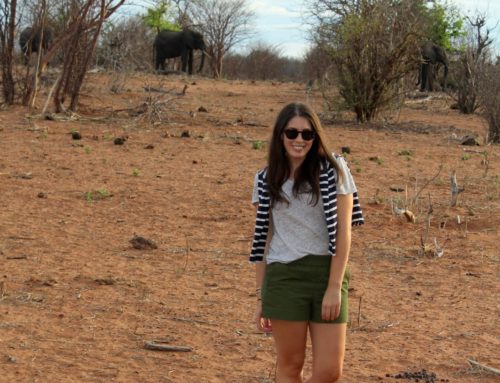
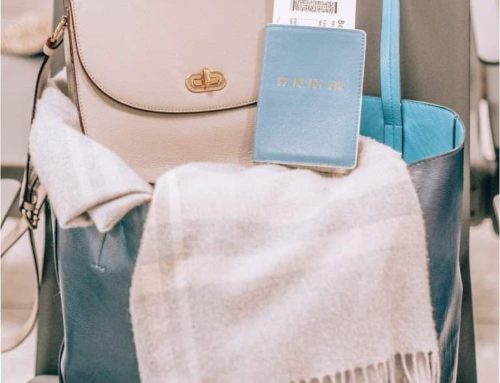
Leave A Comment